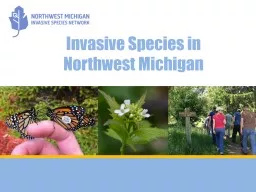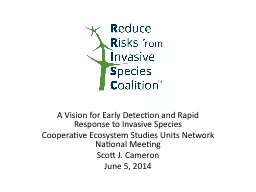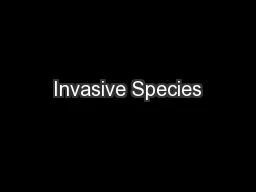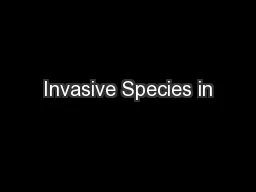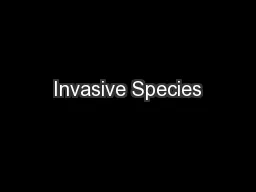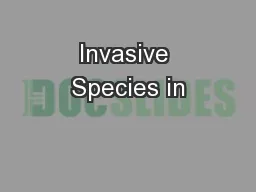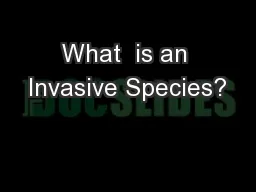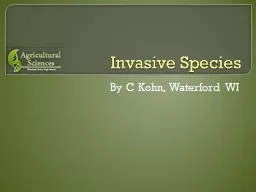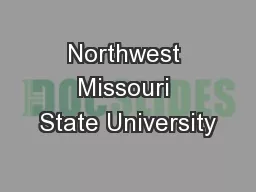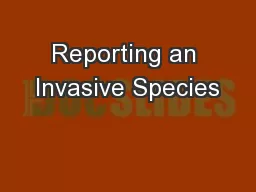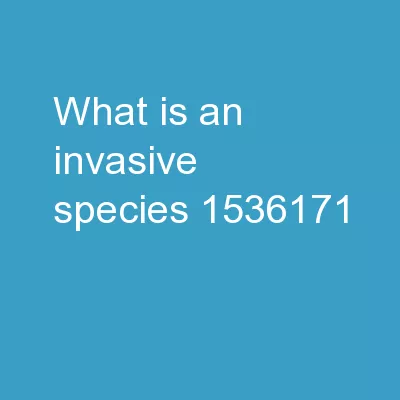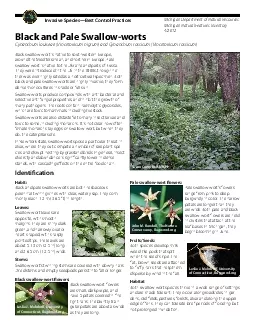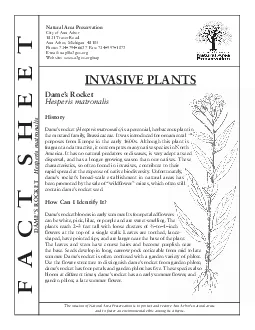PPT-Invasive Species in Northwest Michigan
Author : likets | Published Date : 2020-06-17
Habitat Matters Natures Vast Unseen World Doubletoothed prominent Nerice bidentata on an elm leaf Carol Groves Pandorus sphinx moth Eumorpha pandorus on
Presentation Embed Code
Download Presentation
Download Presentation The PPT/PDF document "Invasive Species in Northwest Michigan" is the property of its rightful owner. Permission is granted to download and print the materials on this website for personal, non-commercial use only, and to display it on your personal computer provided you do not modify the materials and that you retain all copyright notices contained in the materials. By downloading content from our website, you accept the terms of this agreement.
Invasive Species in Northwest Michigan: Transcript
Download Rules Of Document
"Invasive Species in Northwest Michigan"The content belongs to its owner. You may download and print it for personal use, without modification, and keep all copyright notices. By downloading, you agree to these terms.
Related Documents

